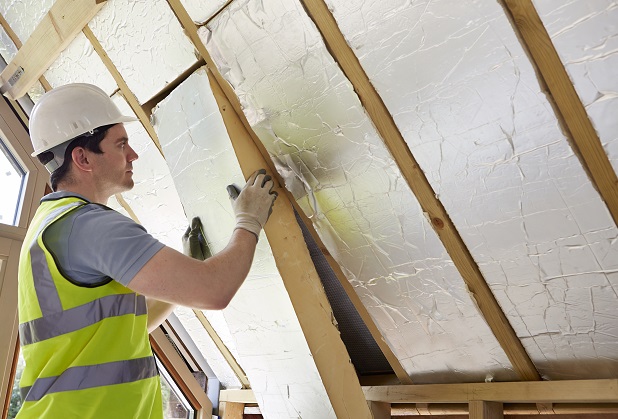3 Steps to making your home more energy efficient

How you use energy will always be the biggest factor in your energy costs. When you use more electricity, you pay more on your electricity bill. So, a lot of the advice you get on saving money on your bills or cutting costs is based on changing your energy habits. Turn off lights in empty rooms, don’t under fill the washing machine, and never leave the hot tap running to cut your energy bills.
However, how you use energy isn’t the only factor. It’s also important to consider how your home uses energy. Everything from insulation and window quality, to gas boiler maintenance, to the size of your home will all have an effect on how much energy you use.
And, more importantly, if you can make your home use energy more efficiently, you can make lasting savings on your bills. Even if you still forget to turn off the hot tap every so often.
If you’re looking to make your home more energy efficient and not sure where to start, here are a few steps to get you started.
1. Get your BER checked
The first step is to get your home’s Building Energy Rating (BER) checked. A BER is like a school report for your home’s energy efficiency. It assesses factors like your floor and roof dimensions, air flow and ventilation, window and door size, insulation, and your heating system to give you a rating for energy efficiency. If your BER is an A, you have an energy efficient home, if it’s a D or an E, you can do better.
Improving your home’s BER will make it warmer, reduce your energy costs, and may even increase the value of the property. Getting your BER checked will give you some insight into how your home wastes energy and help you to define what improvements you can make.
You can get your BER checked by an independent assessor, at a cost of around €125. There’s a directory on the Sustainable Energy Association of Ireland (SEAI) website, to help you find an assessor in your area.
2. Make Home Improvements
Once you know how much room your home has for improvement, you can get to work on making practical, lasting changes. Some common solutions that will improve your BER and help to cut your energy costs, include:
- Adding or improving your attic insulation - If your attic is poorly insulated, it could be losing up to 30% of its heat through the roof. The cost of insulating your attic is based on the size of your home and can vary, however, that reduction in costs can mean the insulation pays for itself within around 3 years.
- Replacing your windows - You could be losing up to 30% of your heat through old, inefficient windows. Double or triple pain glass will help keep the heat in but older houses may still have more basic windows.
- Improving Wall Insulation - This is one of the best ways to keep the heat in and the cold out. The amount and type of insulation in your walls will vary depending on when and how your home was built. Good insulation will mean your home heats faster and stays warm for longer, so you’ll consume less energy and have smaller energy bills.
These are some of the most common ways to improve your home’s energy efficiency but it’s best to tailor your plan to your home. Get a BER check and identify where you can get the most value before investing in changes to your home.
3. Get help with the costs
While each of the suggestions above do come with a large initial outlay, you don’t have to pay for them on your own. You can get support from the SEAI, through grants of up to €3,400 depending on the work you get done.You can find a full list of energy efficiency measures and grants on the SEAI website.
Changing the way your home uses energy can be more time consuming than changing your own energy habits, but it will lead to longer-lasting reductions in your bills. If you’re thinking about making some home improvements, start with your BER rating and see where you can make some positive changes. And turn the lights off when you leave the room too, it’s just good sense.



